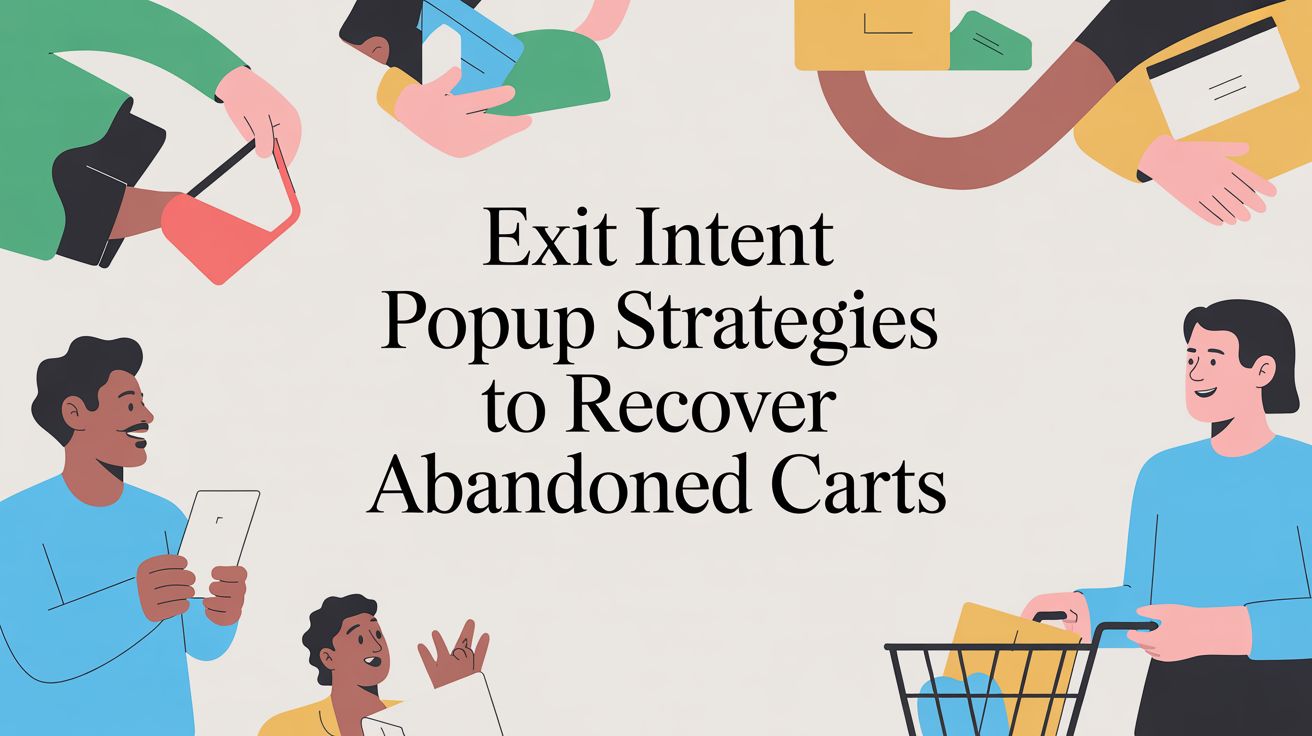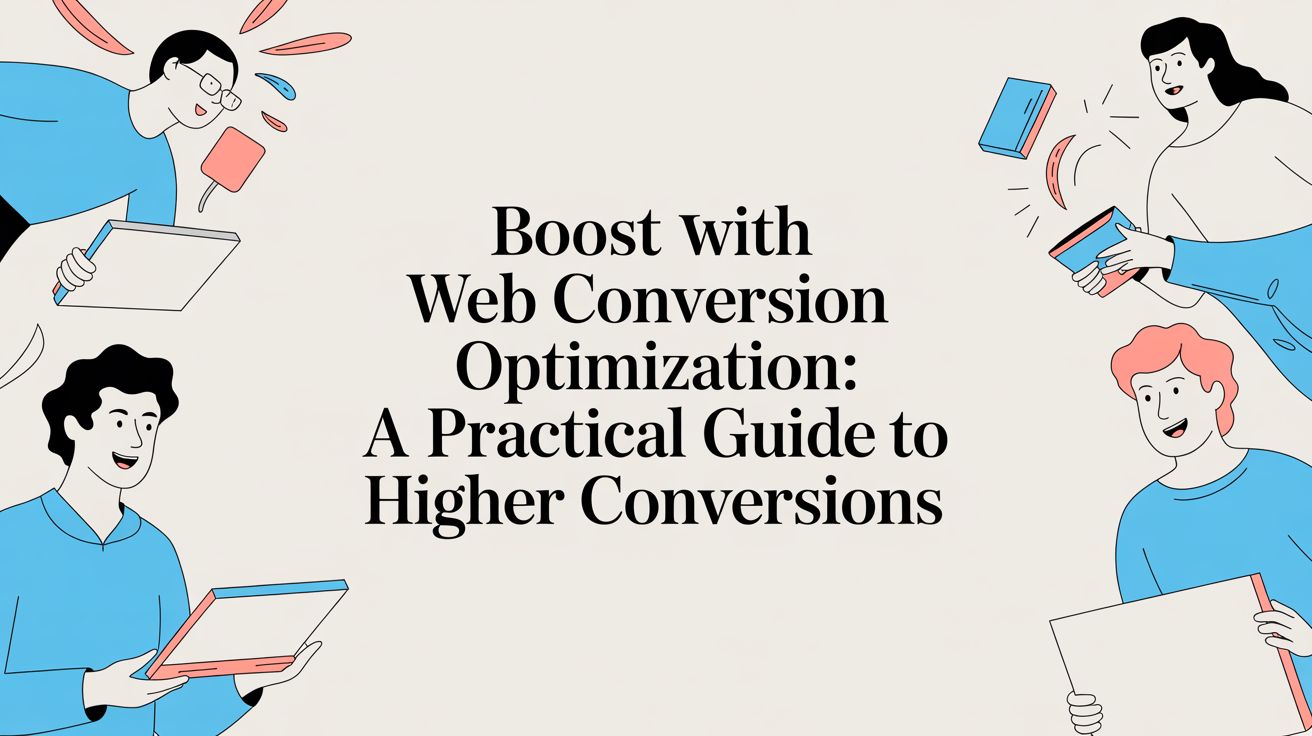
What procrastination can teach us about consumer urgency

If you’ve spent any amount of time on this blog or our other web pages, you may have noticed our fascination with urgency marketing. We’ve talked all about how this one concept, derived from various psychological principles, can be used in marketing promotions to drive immediate consumer response over a short period of time.
Yet, in many marketing circles, little is said about the flip side of urgency: hesitation, procrastination and deliberation. Marketers deal with these things often, sometimes in the form of consumer indecision around a product or service, or abandoned carts.
To truly understand the psychology of procrastination, we spoke with Brad Swain, Chief Behavioral Scientist at Next Step, a behavioral design agency, about if procrastination deserves its bad reputation, the value of comparing and contrasting brands, and how human emotions can be leveraged to help end procrastination.
Take a look at what we learned:
The origin of procrastination
Like many human tactics, procrastination wasn’t born out of thin air — it was born out of our need for survival. Swain says humans needed a way of tackling responsibilities effectively, a system that wouldn’t cause us to feel overwhelmed by all of our obligations. Procrastination was the answer.
“Procrastination generally gets put in this bucket of things that are bad. We generally view procrastination in our generation as something that is not desirable, but the reality is that procrastination is a really effective heuristic for ordering preferences and needs,” said Swain. “We didn’t evolve procrastination just to say ‘Wow, wouldn’t it be really helpful to delay doing all the ambitious things I want to do?’ Procrastination is a very effective, low-effort processing tool in order to make decisions very rapidly.”
Compare and contrast
Having to put a lot of effort into a task that you’d otherwise hoped would be simple can be quite stressful. Think about the last time you walked into a store and were met with a large number of products staring back at you from the shelf. Choosing the perfect one that was sure to meet your needs probably felt impossible.
In the case that you didn’t decide to give up and leave, you most likely went back and forth in your head until you finally landed on something. What felt like an intentional trip to grab a bottle of shampoo or lotion, ended up causing you more trouble than it was worth.
To his point, we’ve talked about humans’ love for mental shortcuts and simple interactions. In doing so, we uncovered how consumer pain points are a lot less painful when they’re solved by brands who make getting a product or service a seamless process. So, how can you do this? Give your consumers a reference point.
“If you see a product that you might be interested in and you have nothing to contrast it with, it’s really challenging to make a decision in that split second because you have no reference point for knowing whether you’re going to be happy with it or not,” said Swain.
In other words, your consumers need to know why your product is better than the next one promising to do the same thing. And you can’t just say it — they need to see it.
“Putting your product in the context of the entire marketplace is a complete and total choice overload. You’re just going to think, ‘Whoa, I can’t process all of this’. It’s very hard to walk into a drugstore and see one brand of toothpaste and then 300 others; it doesn’t matter how hard you contrast all of them, there’s too much going on,” said Swain. “But if you can show them a few generic toothpastes and how yours stands out, that can be very powerful.”
You may remember the early 2000s television advertising campaign from Apple titled “Get a Mac” that ran from 2006 to 2009. The advertisement featured two actors in front of a plain white background, a strategic move to keep viewers' attention on the characters. One actor dressed in a suit and tie portrayed a Microsoft Windows Personal Computer (PC), while the other dressed-down actor introduced himself as a Mac.
The PC and Mac ran through their abilities and associated personality traits. While the PC was more formal and business-like, the Mac seemed cool and creative. Each trait could then be seen as one belonging to its owner, which didn’t completely work out in favor of the PC. Mac on the other hand, saw great results. Within the first month of the ad’s release date, an increase of 20,000 Macs were sold; 1.3 million sold by June of 2006.
“It was really effective because A.) it was really funny but B.) because it took a reference point that everyone knew — your old computer — and one that they weren’t really sure about — Apple or Mac — and really put them in direct contrast with each other and allowed Apple to do a really good job of systematically addressing all the objections people might’ve had while comparing it to something people were familiar with,” said Swain.
The power of human emotions
Now while it might have seemed as though Apple was competing against other brands in this scenario, Swain says in most cases of consumer indecision brands really should be working to show consumers what will happen if they don’t take action to buy their products.
“We often say, ‘You’ll get _____ when you purchase a product,’ but we very rarely capture something called loss aversion, the concept that in a lot of cases people feel losses more than they feel gain. When you find $100 on the street you’ll probably feel pretty good, but if you lost $100 you’d feel two times as bad,” said Swain. “When we say ‘you’ll get’ we’re talking in a sort of gain language, but if we were to contrast instead with the power of not doing something, a consumer would see the consequences of taking no action and what they’re missing out on.”
If we were to go back to the toothpaste example, highlighting someone’s fear of missing out on shiny white teeth right before picture day might be what they needed to get them to procrastinate a little less and move more urgently. Human emotions like regret and fear are powerful tools to drive concrete action; they’re very personal motivators to encourage decisiveness.
For some consumers, hesitancy around buying a product might very well be a result of their emotions, namely trust.
“In many ways, trust is the most important emotion a person needs to pull the trigger on something and maybe just the most important emotion ever,” said Swain. “If you’re in a store and you’re considering my product and you don’t know my product enough to trust it, I have to [really prove its value].”
One example of using trust to lessen feelings of procrastination is through comparing and contrasting brands. Being able to contrast your products with your competitors will give your consumer some knowledge, and they can trust that they’re picking the better of the two brands.
You can also use social proof, the psychology principle stating that humans are more likely to make the same decision as those they trust. If lots of other people are buying your products or a million Yelp reviews are praising your brand, consumers will find more comfort trusting you.
Trust helps to establish reliability between yourself and your customers. The more trust you build, the more your customers will bypass procrastination and go straight to making a purchase.
“People really don’t like feeling we’re being taken advantage of and if you’re able to give people a guarantee that they’ll be happy with your product, [they’re less likely to procrastinate on purchasing it],” said Swain. “Free trials are effective in taking away that pain of paying. If you aren’t happy with the product you don’t have to pay for it.”
Getting a consumer to move quickly means understanding every part of their thought process — even their reasoning behind moving slowly.

Lindsay Keener is a brand journalist for Quikly. She covers stories that help to inform and educate consumer-facing marketers.

